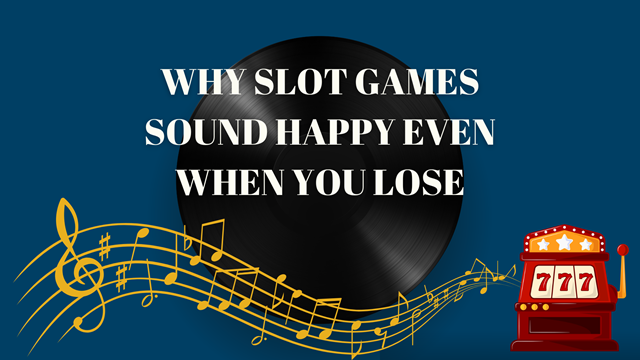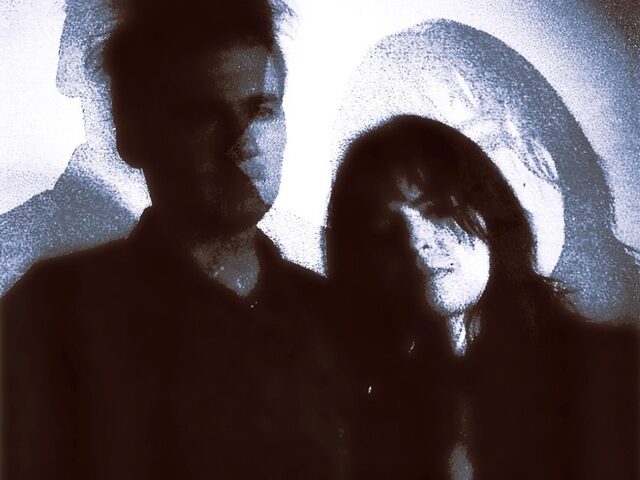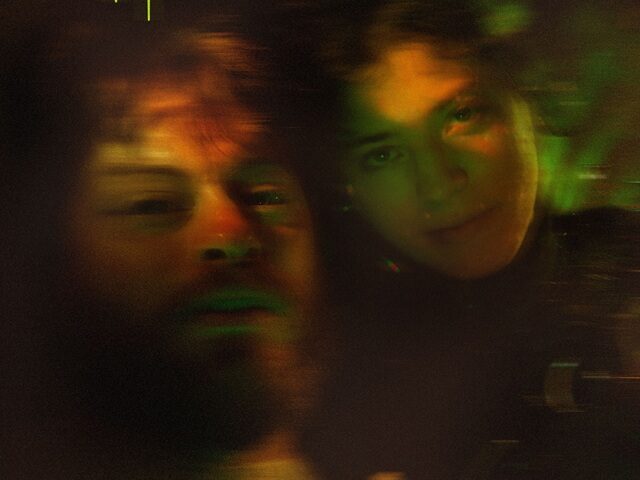
Live music venues have been the beating heart of the music industry for centuries, evolving through time to adapt to the changing tastes and technologies of society. These spaces have played a crucial role in the cultural landscape, from the grand opera houses of the 18th century to the intimate jazz clubs of the 20th century and the sprawling arenas of today. In exploring the evolution of live music venues, we spotlight one of the most iconic theaters in the United States, the Orpheum Theater Omaha, known for its rich history and vibrant Orpheum Theatre Omaha schedule.
The Birth of Live Music Venues
Live music venues have existed since the existence of music in ancient civilizations. These societies also had spaces for music, and most of the performances actually took place in communal spaces such as amphitheaters and temples. Ancient inhabitants built these venues with an eye toward the best acoustics to present without the need for modern amplification. As civilization progressed, cathedrals and churches appeared as the most significant live music venues during the Middle Ages, especially in masses and organ music.
It was during the Renaissance that things shifted from church-based to grand opera music. The European population in the 1600s and 1700s was the first to enjoy opera of such grandeur, with the now famous opera houses like the 1737 Teatro di San Carlo in Naples and La Fenice in Venice packing the seats’ audience with music, theater, and dance. The initiative was based on creating a captivating atmosphere, using eye-catching interiors and elaborate and sophisticated stage designs.
The Golden Age of Theaters
The 19th and early 20th centuries were the golden age for theaters and music halls. The Paris Opera House, New York Metropolitan Opera House, and Orpheum Theater Omaha were renowned theaters that went up then. These structures were not just ordinary music houses but reflected the status of rich and elite culture. They were of the highest standards regarding the structure built and performance held, each symbolizing the city in which they were built.
Orpheum Theater Omaha, taking its inception sometime around 1927, is one of the relics of that period. It was primarily a part of the vaudeville circuit, offering various one-act performances that ranged from music and comedy to dance and magic. The presence of lavish seating arrangements, sophisticated decor, and many other amenities around the theater made one feel magnificent.
Good architecture with many intricate patterns and friendly, neat, crushed velvet cushions created a big, heady mixture of players and spectators. With the waning popularity of vaudeville, the Orpheum, however, needed to make adjustments, and it did so by hosting film screenings and, afterward, live concerts, thus providing a broad spectrum of entertainment.
The Rise of Concert Halls and Arenas
Rock ‘n’ roll came in after World War II. This period also saw the birth of a whole new genre, pop. The related fact was an increase in the number of fans who wanted to see the performances of their favorite singers live. So, the necessity came to build larger venues to accommodate them all. Concert halls and arenas started to be built, with the most advanced sound systems and lighting appliances that changed the perception of live music—time of venues like Madison Square Garden in New York and the Hollywood Bowl in Los Angeles meant big-time concerts and iconic shows even though they stood virtually half a continent apart.
Along with the trend of larger venues, old-fashioned theaters such as Orpheum Theater Omaha never lost their charm and didn’t disappear. The theater went through numerous rounds of upgrades, which made the structure more contemporary yet preserved its historical foundation. At present, the Orpheum Theater has the most superior equipment in acoustics and lighting.
The Modern Era: Versatility and Innovation
Users show that the music industry is moving towards diversity in the entertainment and music scenes according to the latest trends. With the help of technology, concerts have developed themselves, and they can diversify the senses in a way that people could not have imagined before. Contemporary venues come with revolutionary equipment, such as terrific sound and visual technology, offering an immersive experience newer than we could have thought even half a century ago.
Even though music tradition and innovation diverge in the Orpheum Theater Omaha, they harmoniously coexist. The Orpheum Theater keeps its unique historical charisma as it is known for its preserved architectural style and decor. On the other hand, it has also accepted modernization, which has improved and upgraded the theatre shows. Further, the programs it hosts are diversified, combining classical and pop music, theatre, and any other kind of event in the local community.
The Orpheum’s accessibility and community engagement are outstanding, and this shows in its reaching those outside the standard boundaries. It provides entertainment sessions, community events, workshops, and school programs, all of which are tools for spreading the arts worldwide and for the continuous involvement of local people. These programs, designed to educate those who do not have regular access to the arts, have been utilized wonderfully by the theater manager’s team to restate the Orpheum as an extension of the critical social structure in Omaha.
Conclusion
The emerging history of live music venues is an exciting story at the root of ever-changing societal norms. By building and reconciling age-old amphitheaters with modern arenas, these places have always been in the company of ultimate change, evolving in accordance with the tastes and preferences of the audience. Such a remarkable change would lead from the Orpheum Theatre Omaha’s historical past to the rejuvenation of the institution in Omaha in the process of remodeling the site of the new ultra-modern building coexisting with the matured historical one.
Living music venues will continue to play an indispensable role as we head toward a brighter future. Having these venues will sometimes be better than conceptualizing them as only entertainment places. They serve as outlets that bring people together besides promoting them and fostering unique bonds over the arts. The first Orpheum Theater Omaha, with its tradition and an ever-changing schedule, would still serve the cultural life in Omaha as a landmark in many more decades.





